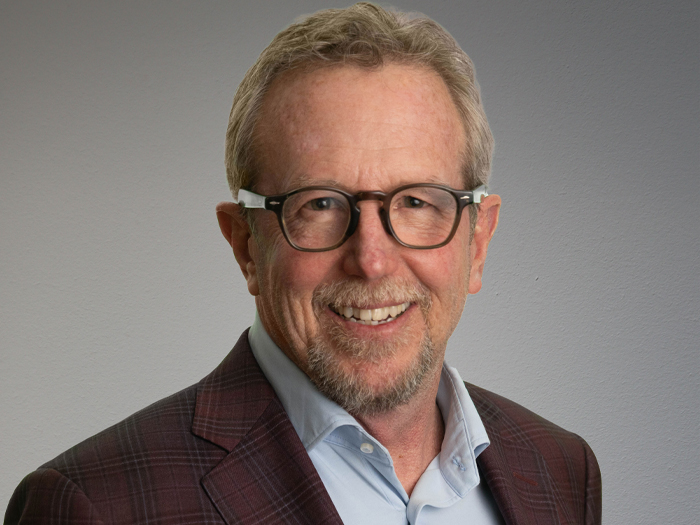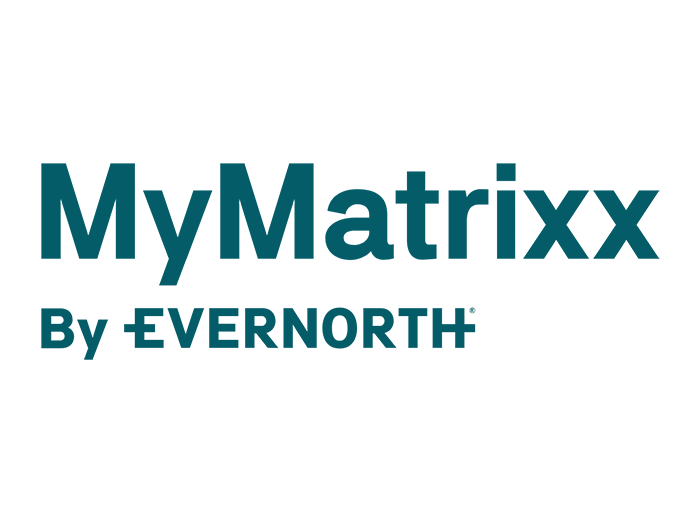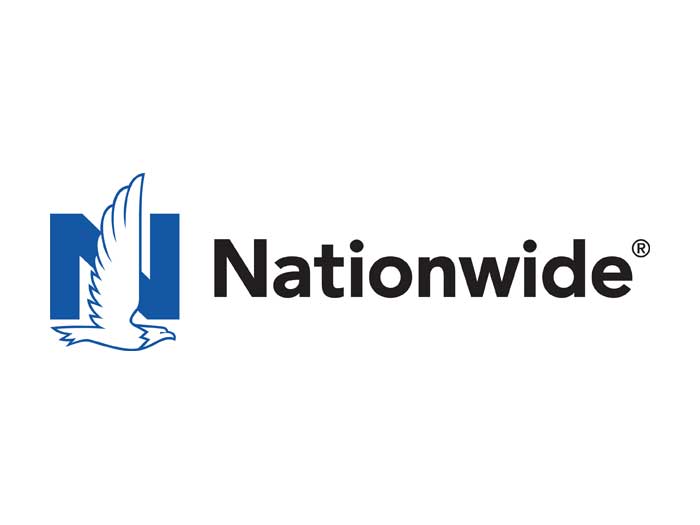The Teddy Awards Present: Excellence in Action
‘There Were No Do-Overs’: How a Risk Advisory Group Protected Health Care Workers During COVID-19
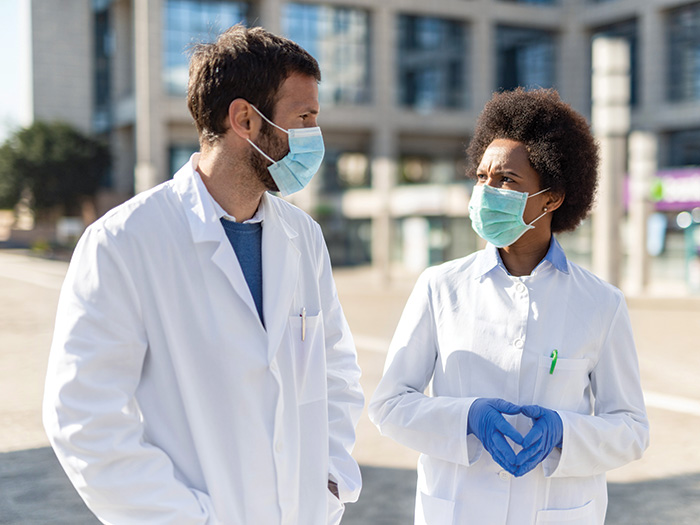
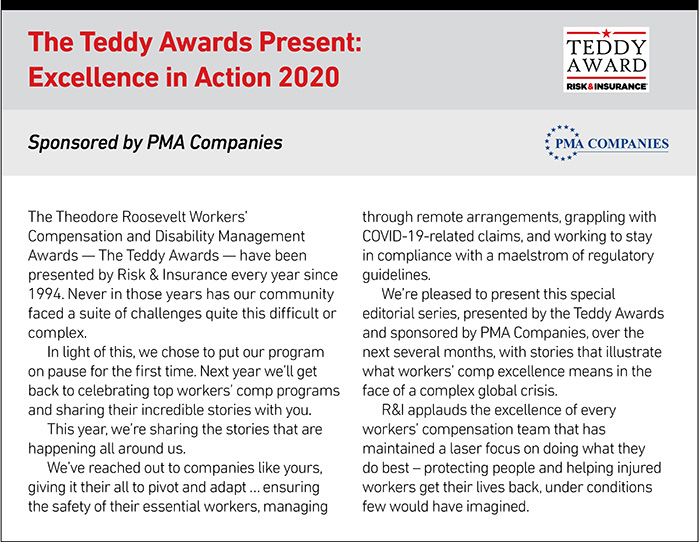 Early in the pandemic, there was nowhere in the country that felt the effects of the virus more than New York. At the peak of the crisis in April, the state saw over 6,000 cases in one day. New York has registered 220,907 cases total as of this writing.
Early in the pandemic, there was nowhere in the country that felt the effects of the virus more than New York. At the peak of the crisis in April, the state saw over 6,000 cases in one day. New York has registered 220,907 cases total as of this writing.
As the pandemic wore on, hospital workers faced some of the highest risk of catching the virus. Doctors and nurses spent their days treating COVID-19 patients, sometimes without masks and other personal protective equipment to keep them guarded.
“New York was dealing with a crisis of epic proportions, and our hospitals were at the epicenter of this pandemic,” said Peggy Crook, assistant vice president of claims and loss control for Healthcare Risk Advisors (HRA), a subsidiary of The Doctors Company Group that provides insurance and risk management advisory services to a number of New York-based academic hospitals, including Mt. Sinai Health System, Montefiore HealthSystem and BronxCare Health System.
To help tackle COVID-19 risks within the hospitals’ workers’ compensation programs, Crook created a COVID-19 taskforce, which included doctors, claims adjusters and nurses.
With the help of the taskforce, HRA created a customized coding and tracking system to keep track of reported incidents, positive diagnoses and virus exposure.
This system for tracking and managing COVID-19 claims builds on HRA’s advocacy-based workers’ compensation program to make sure that doctors, nurses and other hospital staff could manage the added stressors of the virus, whether or not they themselves got sick.
Tracing the Virus’ Risks
Part of what has made managing COVID-19 risk difficult for many companies is the fact that the virus had not been seen in humans before this outbreak. Scientists and doctors are learning about the virus’ symptoms, effects and best treatment practices in real time, and new information seems to emerge daily.
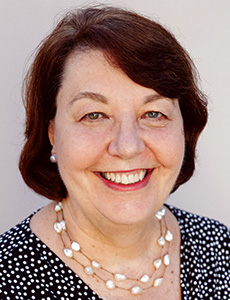
Peggy Crook, assistant vice president of claims and loss control, Healthcare Risk Advisors
But while COVID-19 may be a new virus, Crook has managed crises before.
Prior to working at HRA, she spent 22 years at Hilton Worldwide as a director of global claims and a senior director of international claims. That experience taught her that she doesn’t get a second chance at crisis management.
“What I learned from that experience was that I needed to act quickly and appropriately the first time,” she said. “There were no do-overs, so I had to get it right.”
To manage HRA’s response to the virus, Crook set up a 24-person COVID-19 taskforce made up of workers’ comp professionals, attorneys, nurses and a medical advisor who is an infectious disease specialist, among other personnel.
Another key part of HRA’s COVID-19 response was its robust exposure tracking system. Together with its TPA, CorVel, the team created custom coding that would track reported incidents, exposure cases, positive diagnoses and return-to-work protocols for frontline employees.
The system also recorded data on any comorbidities an employee might have — a data point that became critical, because people with comorbid conditions often face a higher severity risk if they contract COVID-19.
“Medical experts were still researching and learning more about COVID-19 on a daily basis,” said Michael Flacco, VP of national accounts at CorVel.
“One of the key findings that they had reported was the correlation of comorbidities amongst the patients who were experiencing the most significant complications. So, knowing that information, we were looking to identify employees with comorbidities to determine if there would be potential complications on the claim.”
COVID-19 claims are also fast-tracked. Once an employee reports their illness to one of the program’s triage nurses, the nurse contacts the branch manager who then passes on the claims information to an adjuster.
Turnaround times on this process are between one to four hours, which enables employees to hear back on the status of their claims in the same day. “In many instances, these employees are hearing from us the same day that they reported to the nurse,” Crook said.
Maintaining a Culture of Advocacy
Tracking the virus and working with a taskforce of medical experts and workers’ comp professionals isn’t the only way HRA responded to COVID-19, however. They focused on treating employees’ mental health needs by prioritizing patient care.
“These employees are scared. Many of them have tested positive, some have tested negative, but all have worked in a COVID environment, and they’re afraid,” Crook said.
To help manage the emotional effects of the virus, HRA’s COVID-19 taskforce brought in a nurse with clinical specialty in psychiatry.
That nurse is working with adjusters to identify employees who could be vulnerable to anxiety or depression. Those employees are then added to a list indicating a need for additional calls from adjusters or nurse case managers so that they can feel supported.
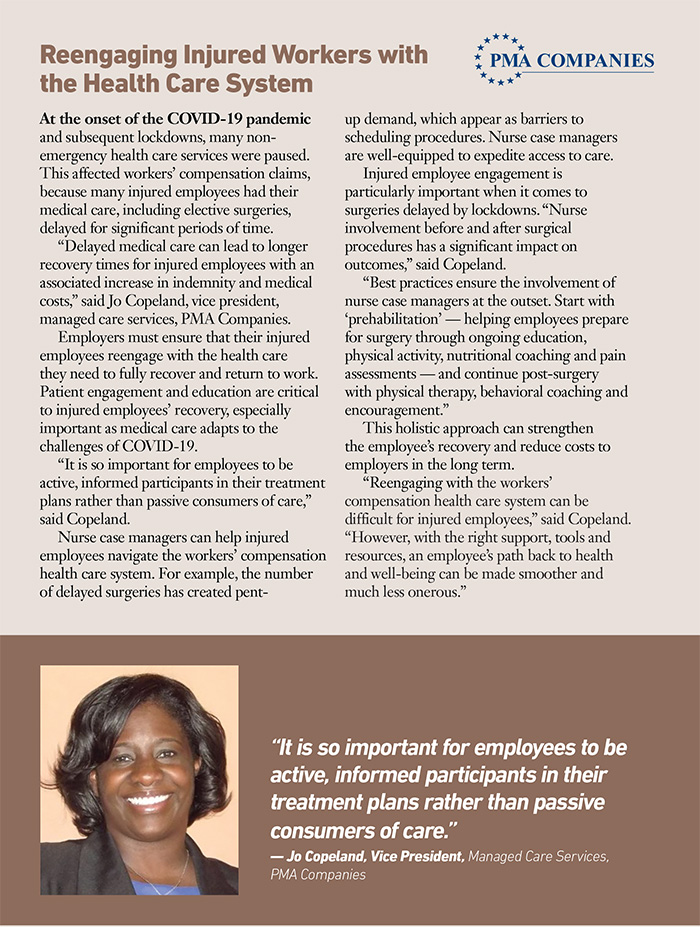
This culture of advocacy has been at the heart of HRA’s workers’ compensation program since Crook helped build it in 2012. When Crook came to HRA, she had been charged with building such a program.
“No one else had been dedicated to workers’ compensation for our clients,” Crook said. “Think of a plot of land that has nothing but trees on it, and that’s what the program was. It was like building a house. We had to lay a foundation.”
And the foundation the program was built on was worker advocacy: “Patient advocacy is the heart of our program. It is reflective of our clients’ values in caring for the sick and injured,” Crook said.
HRA implemented a 24/7 nurse triage intake process, a new claims intake process and a new return-to-work program with dedicated coordinators assigned to specific hospitals. These coordinators worked with specific departments to create a transitional return-to-work program that got employees back on the job an average 41 days sooner.
The proof of the program’s success, both pre- and post-COVID, is in the numbers. Prior to Crook taking the helm on the workers’ compensation program, HRA had a 65% indemnity rate. Now those numbers have flipped, and the ratio is 65% medical only claims. Its experience mod went down 30 points as well.
On the COVID-19 front, two-thirds of HRA’s employees who have contracted the virus have already made it back to work, and the taskforce’s calls are now held once every two weeks, rather than once a week.
“Everyone wants the same thing,” Crook said. “We want our employees to get better, and we want them to come back to work. We don’t know all of the effects that this virus is going to have on people’s health long term, and we need to help them as best we can to get well and to go back to work.” &
The Teddy Awards Present: Excellence in Action 2020
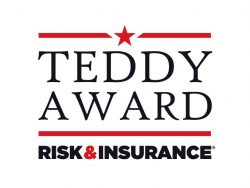 The Theodore Roosevelt Workers’ Compensation and Disability Management Awards — The Teddy Awards — have been presented by Risk & Insurance every year since 1994. Never in those years has our community faced a suite of challenges quite this difficult or complex.
The Theodore Roosevelt Workers’ Compensation and Disability Management Awards — The Teddy Awards — have been presented by Risk & Insurance every year since 1994. Never in those years has our community faced a suite of challenges quite this difficult or complex.
In light of this, we chose to put our program on pause for the first time. Next year we’ll get back to celebrating top workers’ comp programs and sharing their incredible stories with you.
This year, we’re sharing the stories that are happening all around us.
We’ve reached out to companies like yours, giving it their all to pivot and adapt … ensuring the safety of their essential workers, managing through remote arrangements, grappling with COVID-19-related claims, and working to stay in compliance with a maelstrom of regulatory guidelines.
We’re pleased to present this special editorial series, presented by the Teddy Awards and sponsored by PMA Companies, over the next several months, with stories that illustrate what workers’ comp excellence means in the face of a complex global crisis.
R&I applauds the excellence of every workers’ compensation team that has maintained a laser focus on doing what they do best — protecting people and helping injured workers get their lives back, under conditions few would have imagined.






